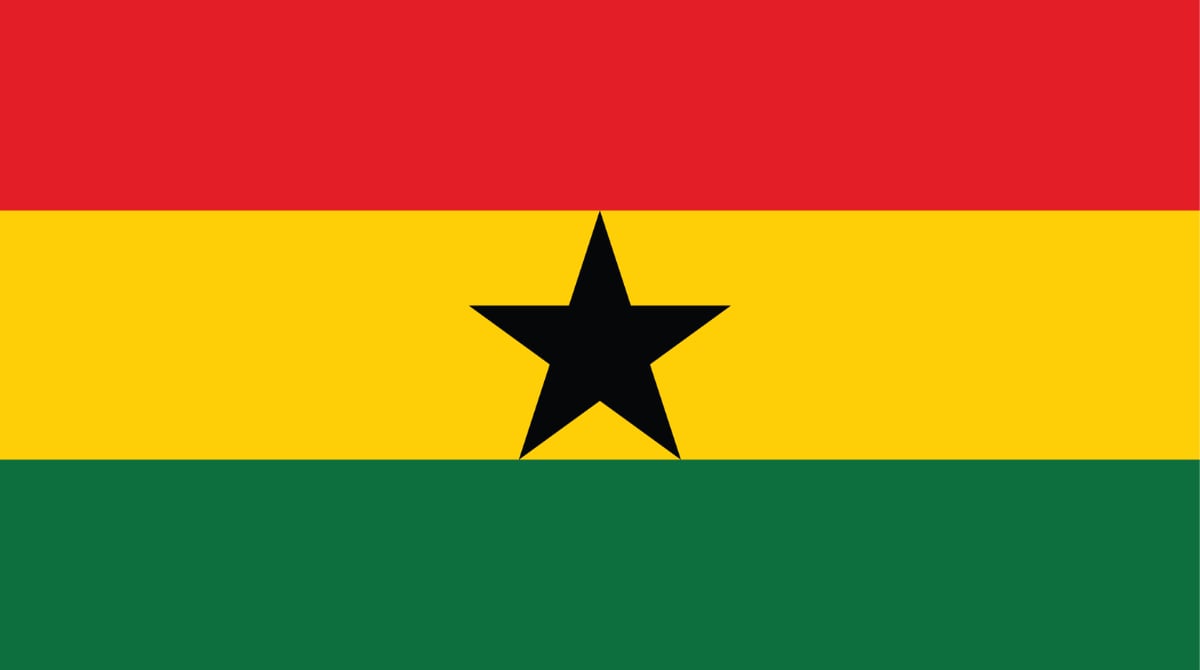At a glance
CDC works with partners in Ghana to strengthen the country's public health and clinical systems. CDC delivers quality HIV testing and treatment services and responds to emerging public health threats.

Background
CDC’s work with the Government of Ghana (GOG) began in 2008 and focused on HIV prevention and control for people at higher risk. That focus has shifted over time in line with Ghana’s efforts to accelerate treatment for all HIV-positive persons. CDC also works with Ghana’s Ministry of Health (MOH) to strengthen and improve laboratory systems and services. Together, CDC and MOH are working to build capacity to capture and analyze data across the HIV clinical cascade. These efforts range from testing and initiation of treatment to suppression of viral load.
Download CDC Ghana's Fact Sheet
HIV and TB data
HIV/AIDS
Estimated HIV Prevalence (Ages 15-49)
Estimated AIDS Deaths (Age≥15)
Estimated Orphans Due to AIDS
Reported Number Receiving Antiretroviral Therapy (Age≥15)
Tuberculosis (TB)
Estimated TB Incidence
TB Patients with Known HIV-Status who are HIV-Positive
TB Treatment Success Rate
Key activities and accomplishments
Building public health capacity
CDC led the implementation of an innovative national system for transporting blood and specimen samples to centralized laboratories for processing. Building on this success, this sample transport system may support other outbreak and public health response activities relying on laboratory analyses.
Strengthening health information systems
CDC works closely with other organizations to successfully develop and implement the e-Tracker HIV Module. The e-Tracker system enhances GOG’s capacity to monitor the HIV cascade. It provides a common platform for tracking and case management services for people living with HIV (PLHIV). The partners mentioned include:
- The Ghana Ministry of Health (MOH).
- Ghana Health Service (GHS).
- The National AIDS/Sexually Transmitted Infection Control Program (NACP).
Supporting people who are at higher risk of HIV
CDC supports the Ghana AIDS Commission (GAC) to develop and launch the Ghana Key Population Unique Identifier System. This unique identifier was developed for privacy and to improve the continuity of services. This system will help enhance HIV service delivery by allowing the MoH to provide targeted services.
CDC provides technical assistance for an ongoing Integrated Bio-Behavioral Survey of female sex workers. It is funded by the Global Fund to Fight AIDS, Tuberculosis, and Malaria.
Sub-national estimates
CDC supports GAC in developing annual, sub-national estimates for PLHIV. They are used for:
- Program planning.
- Supply forecasting.
- Setting national and PEPFAR targets.
Technical and financial support
CDC provides the GOG with direct technical assistance and financial support to develop policies that:
- Strengthen laboratory systems and services.
- Improve the national HIV testing algorithm.
- Implement differentiated service delivery.
Resources
Support for CDC's global HIV and TB efforts.
Our success is built on the backbone of science and partnerships.
